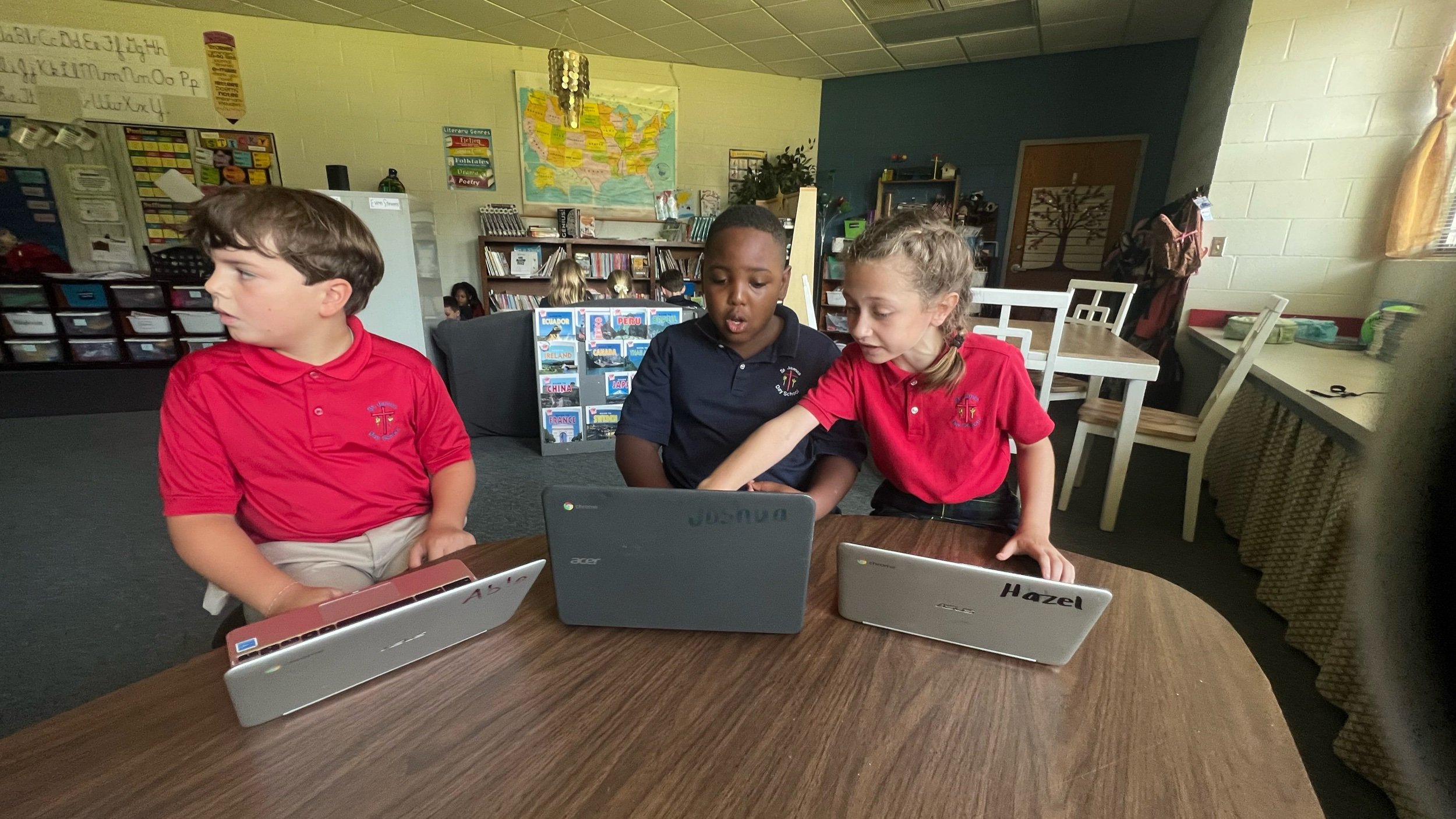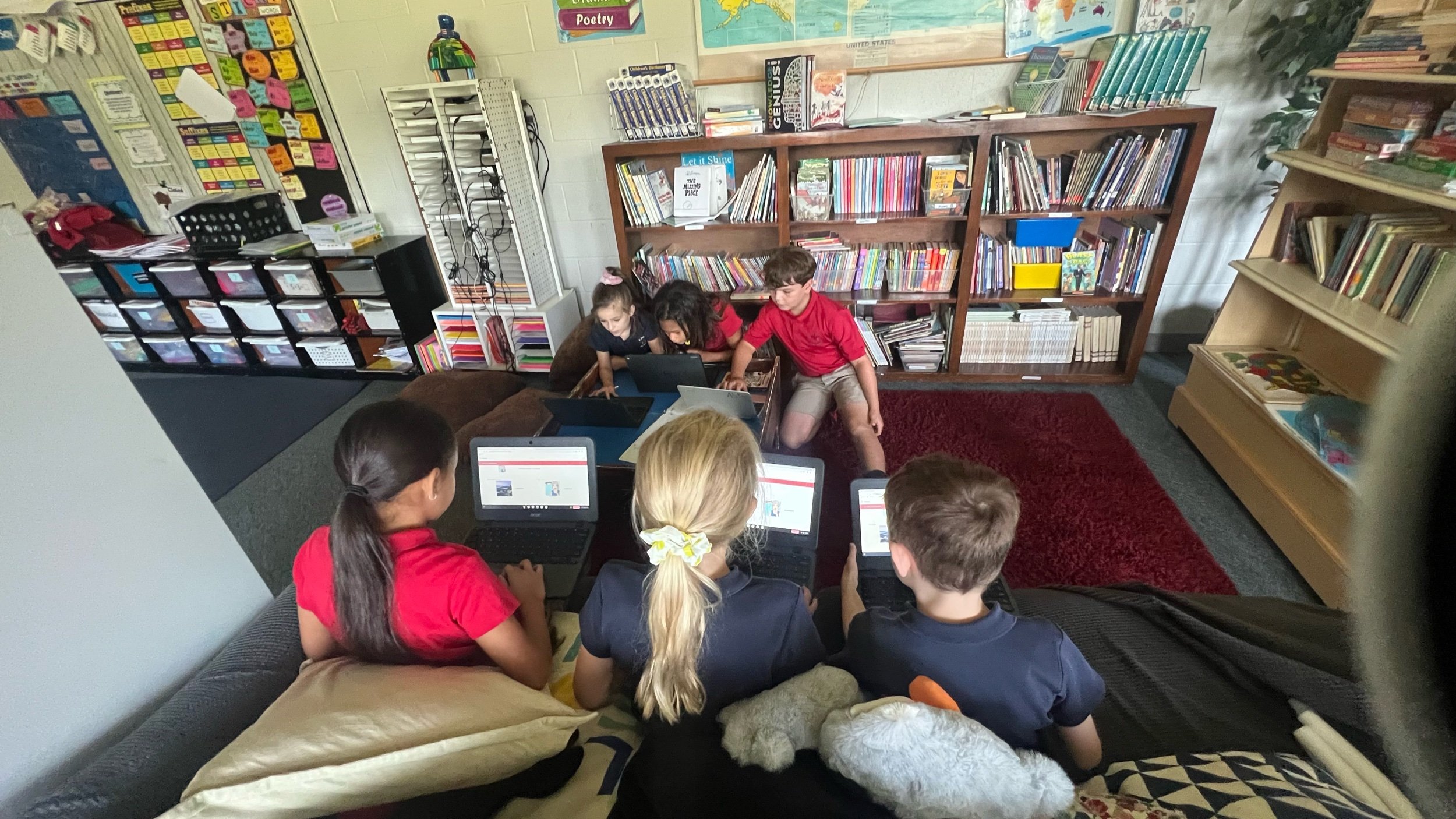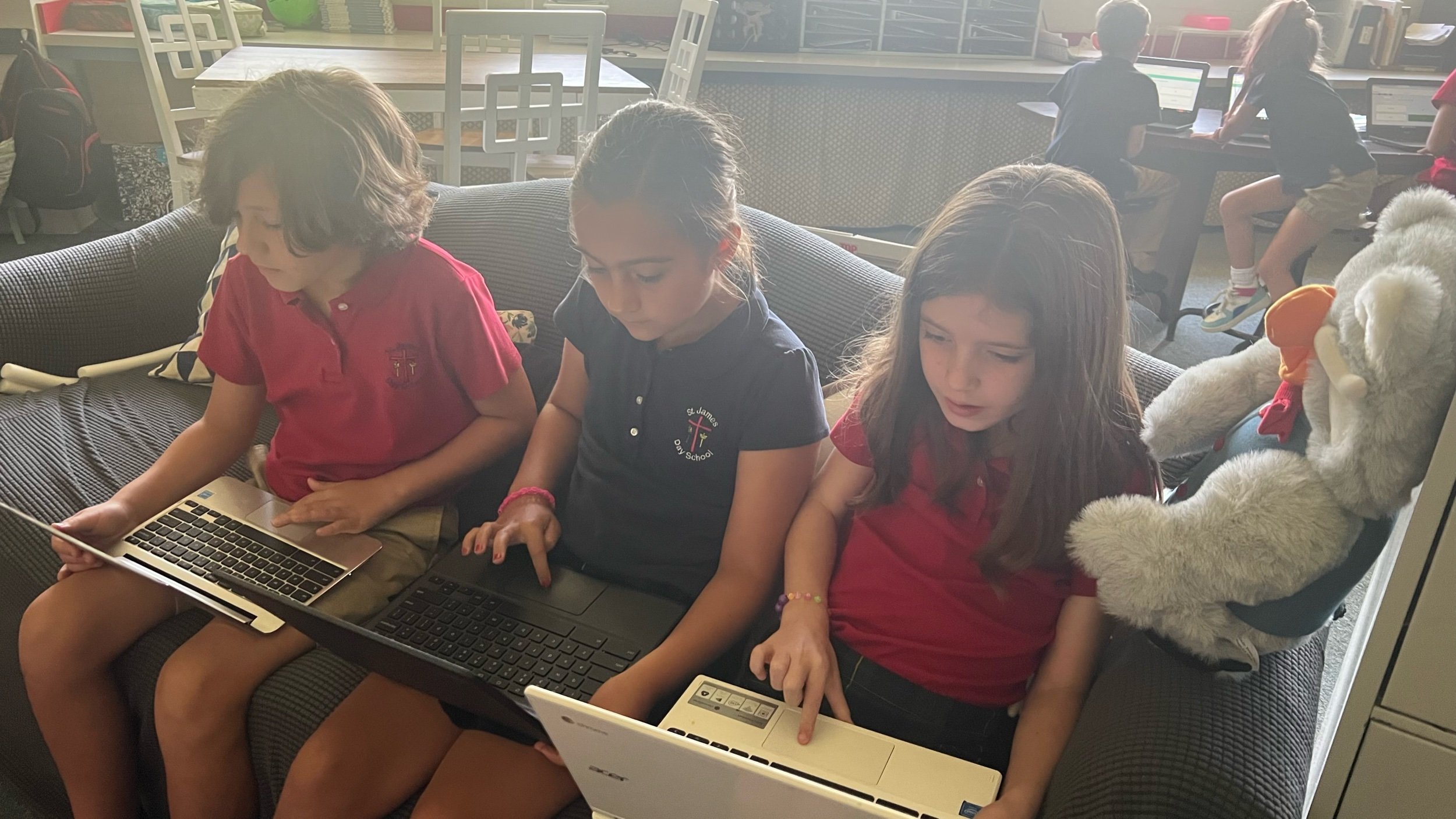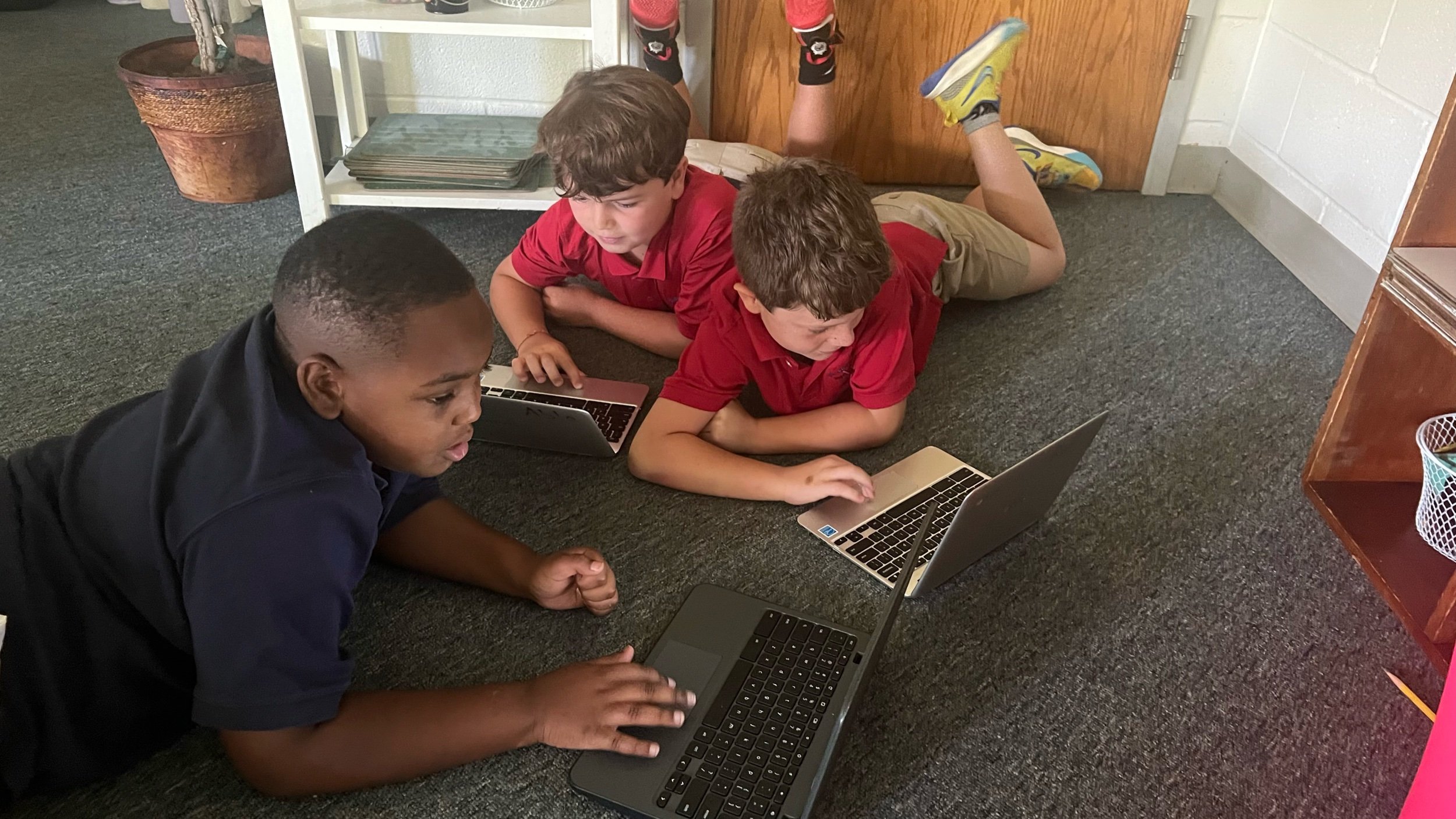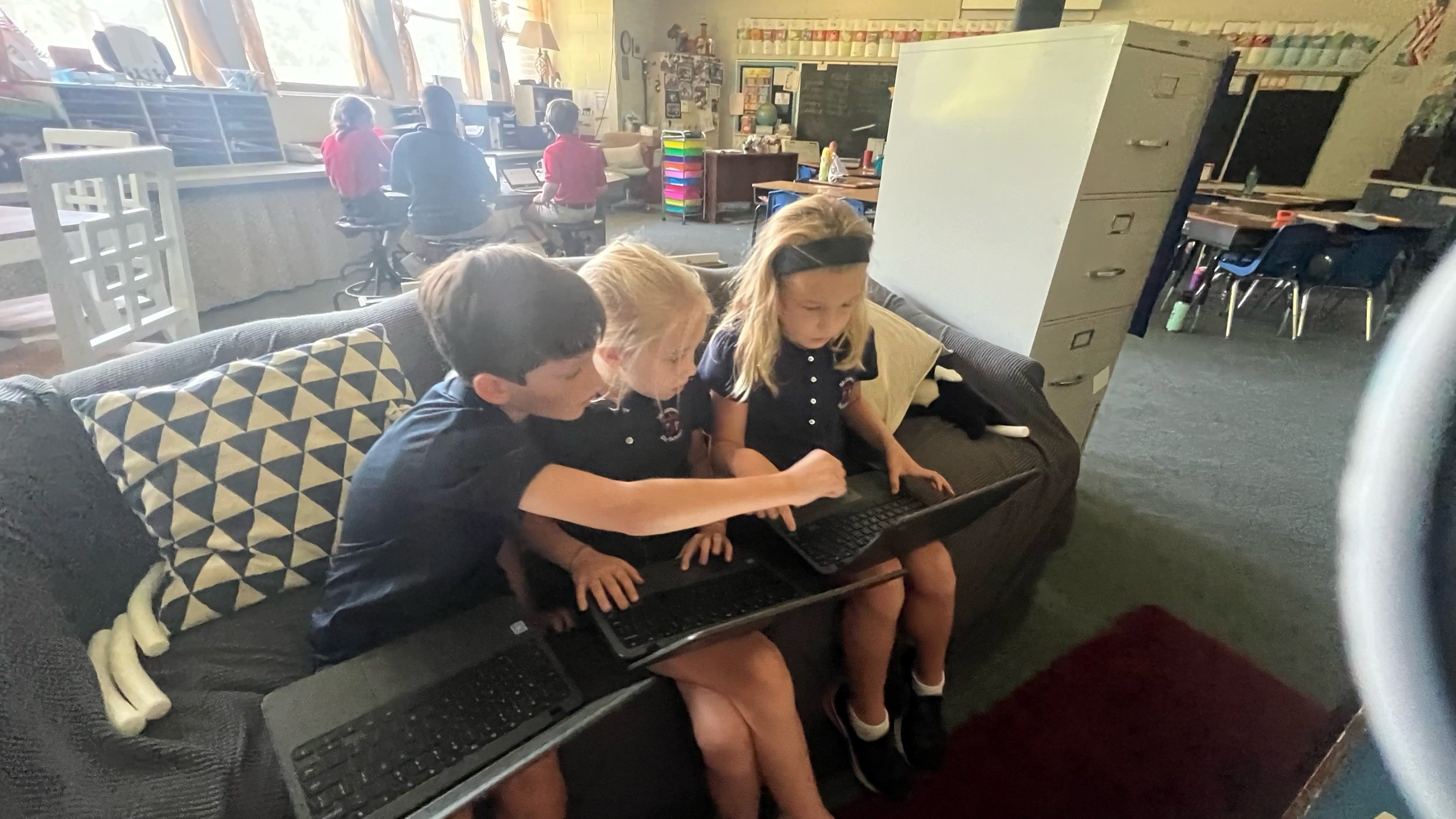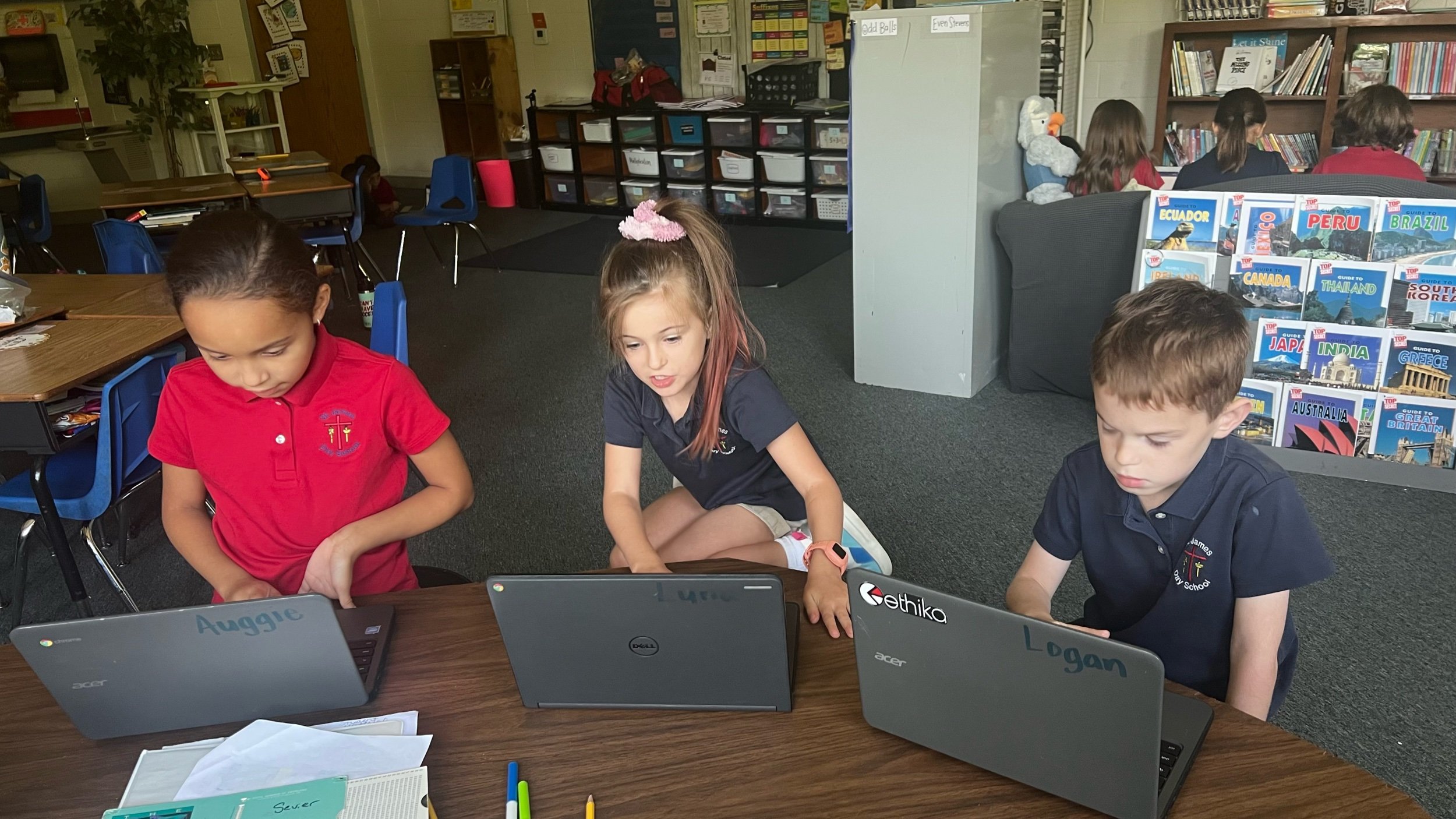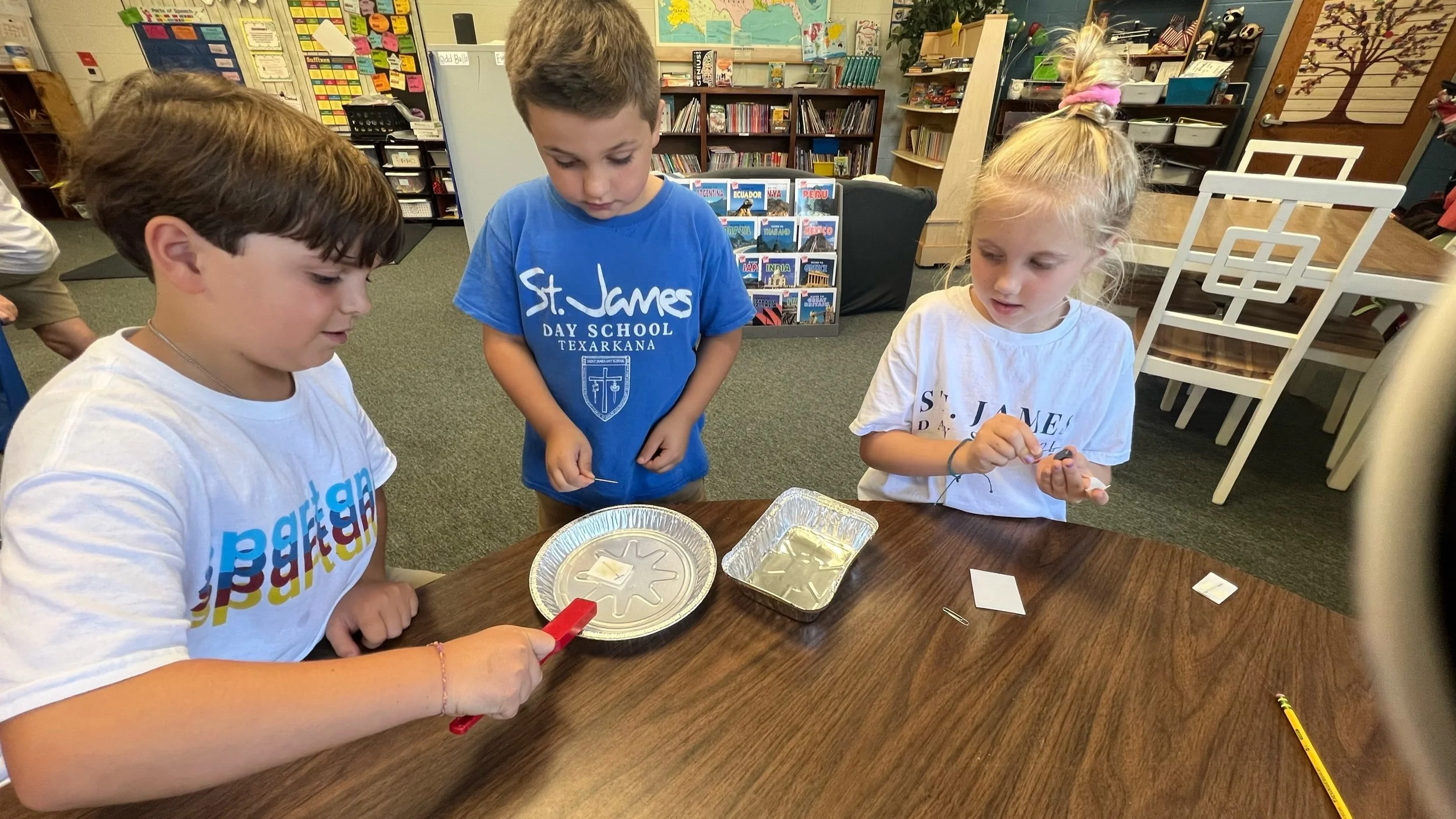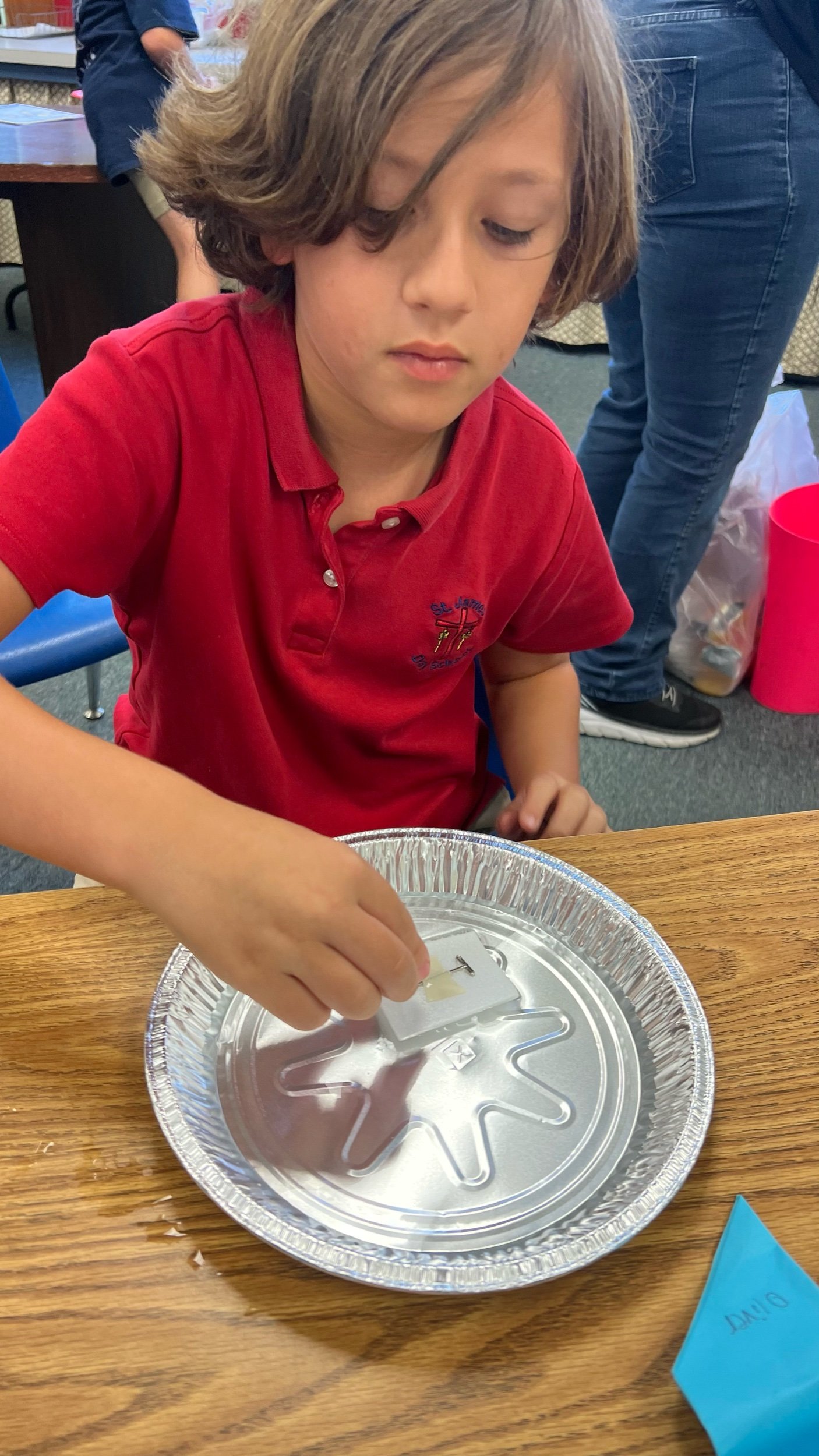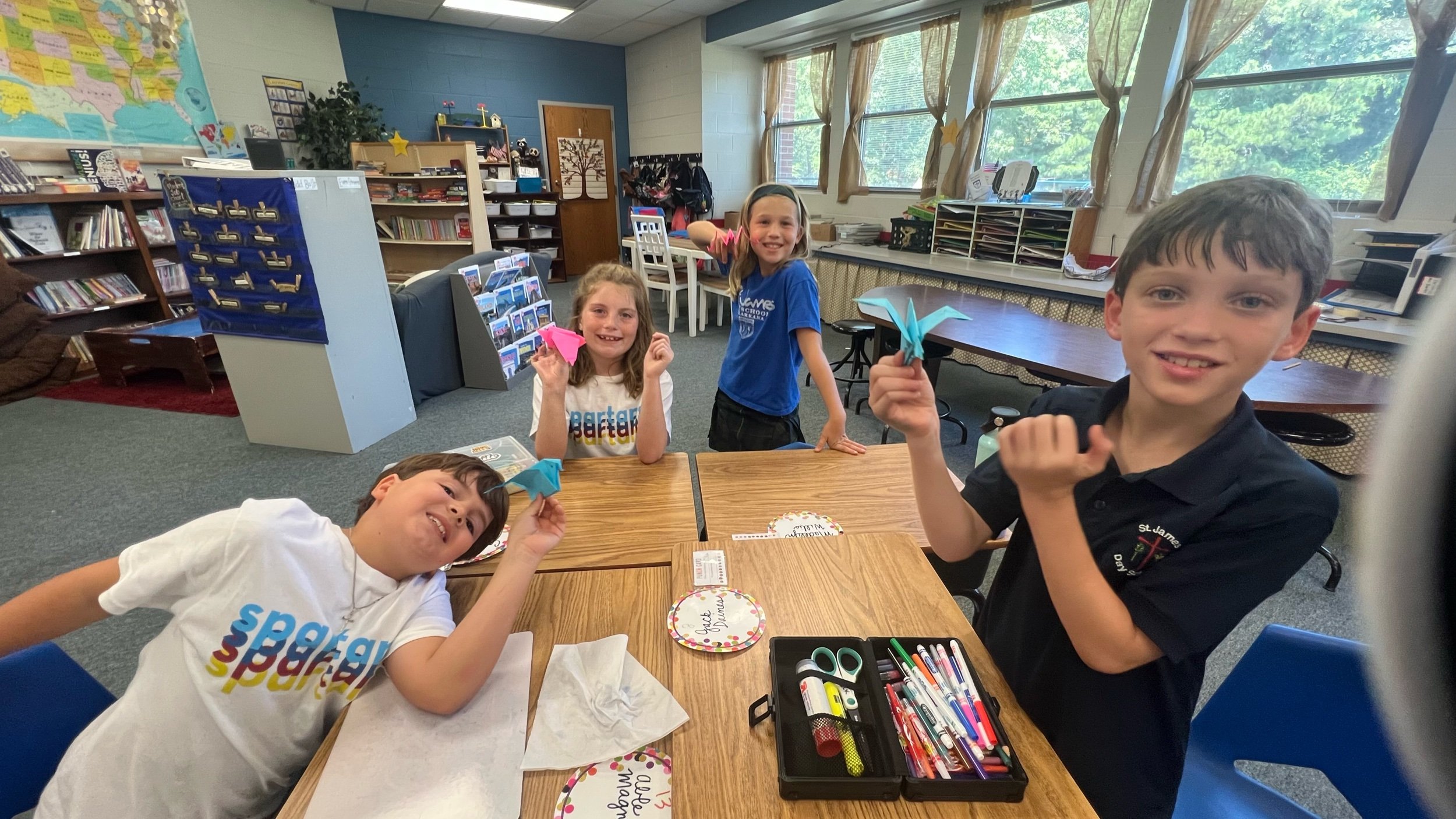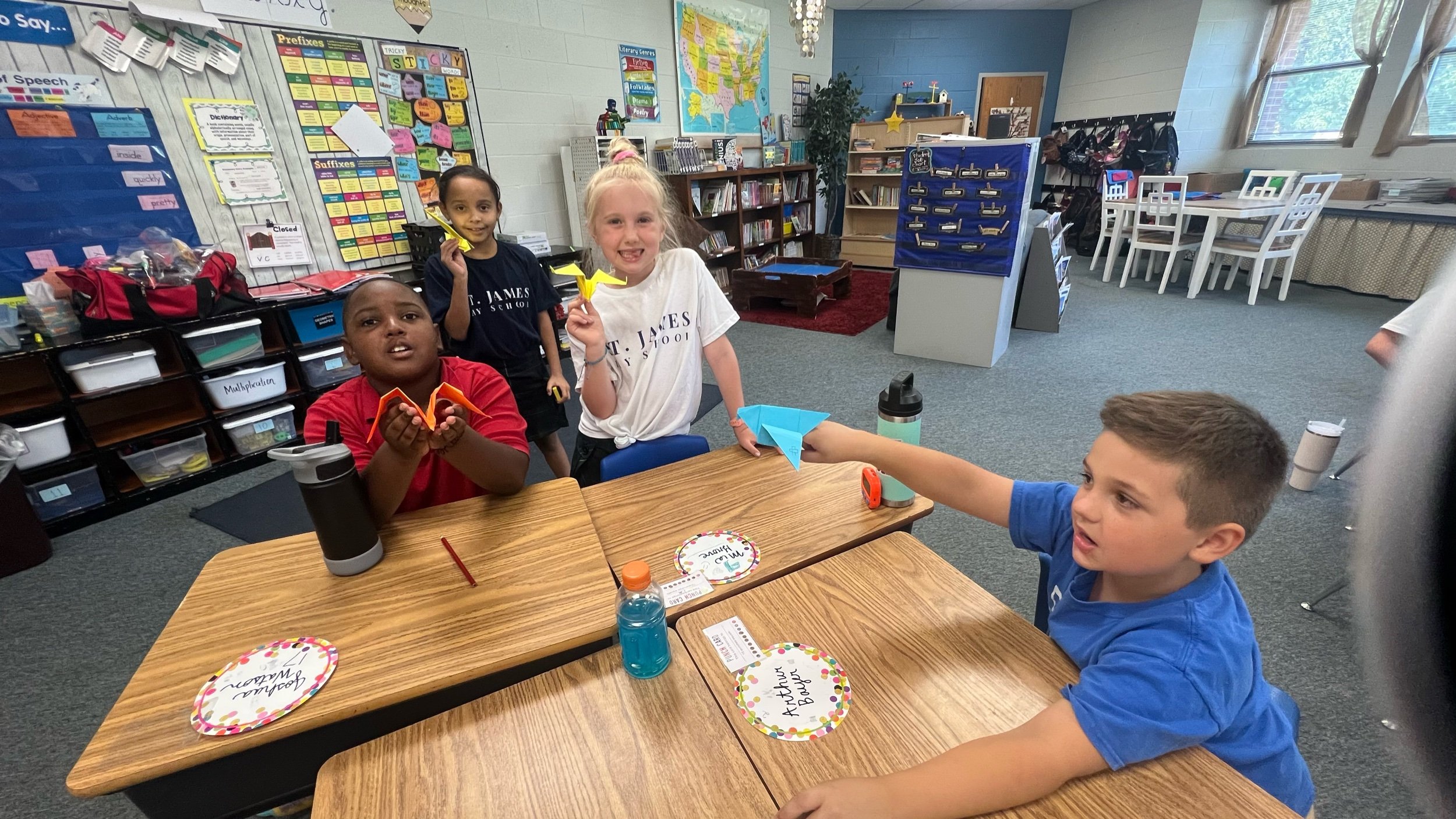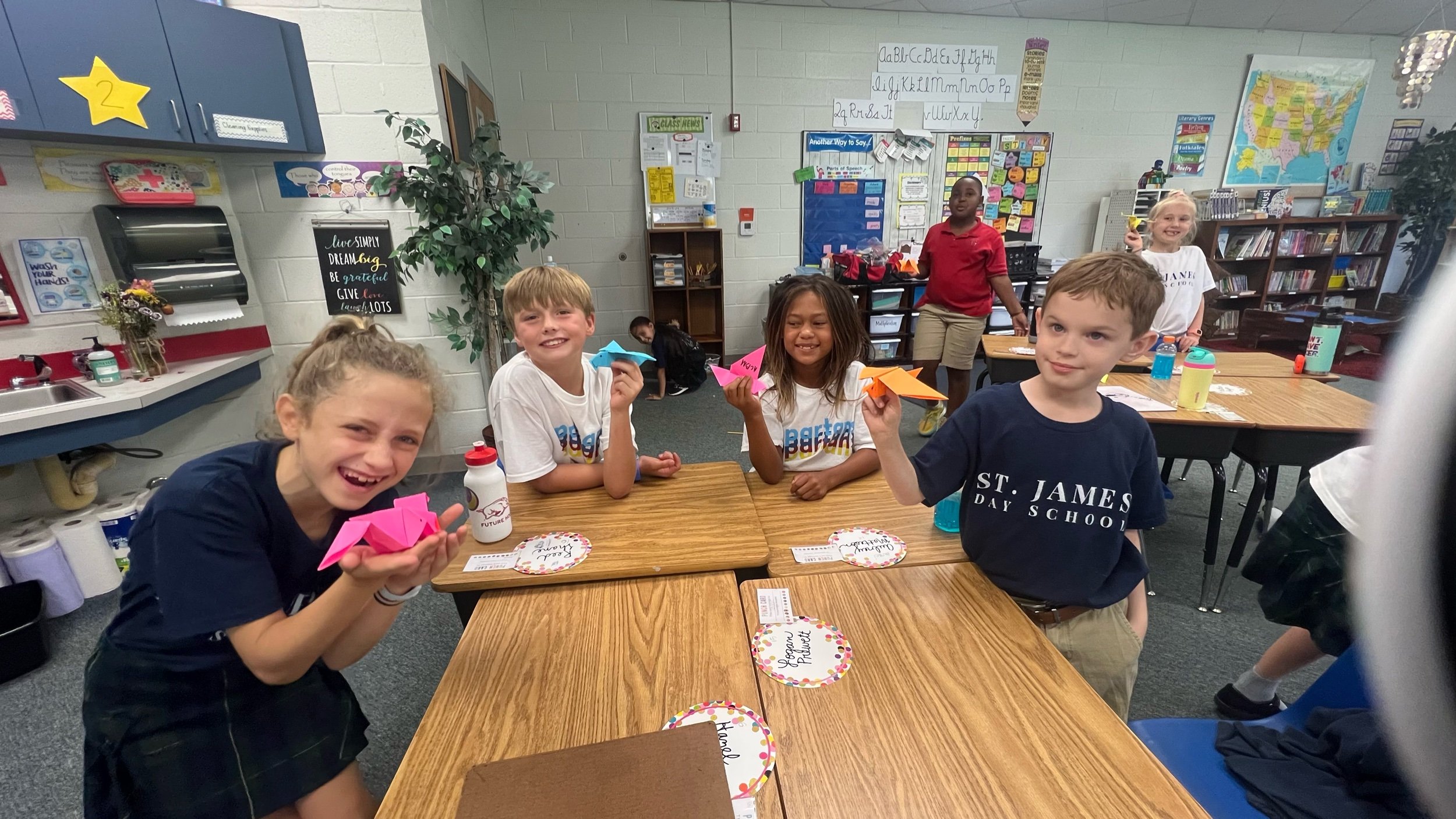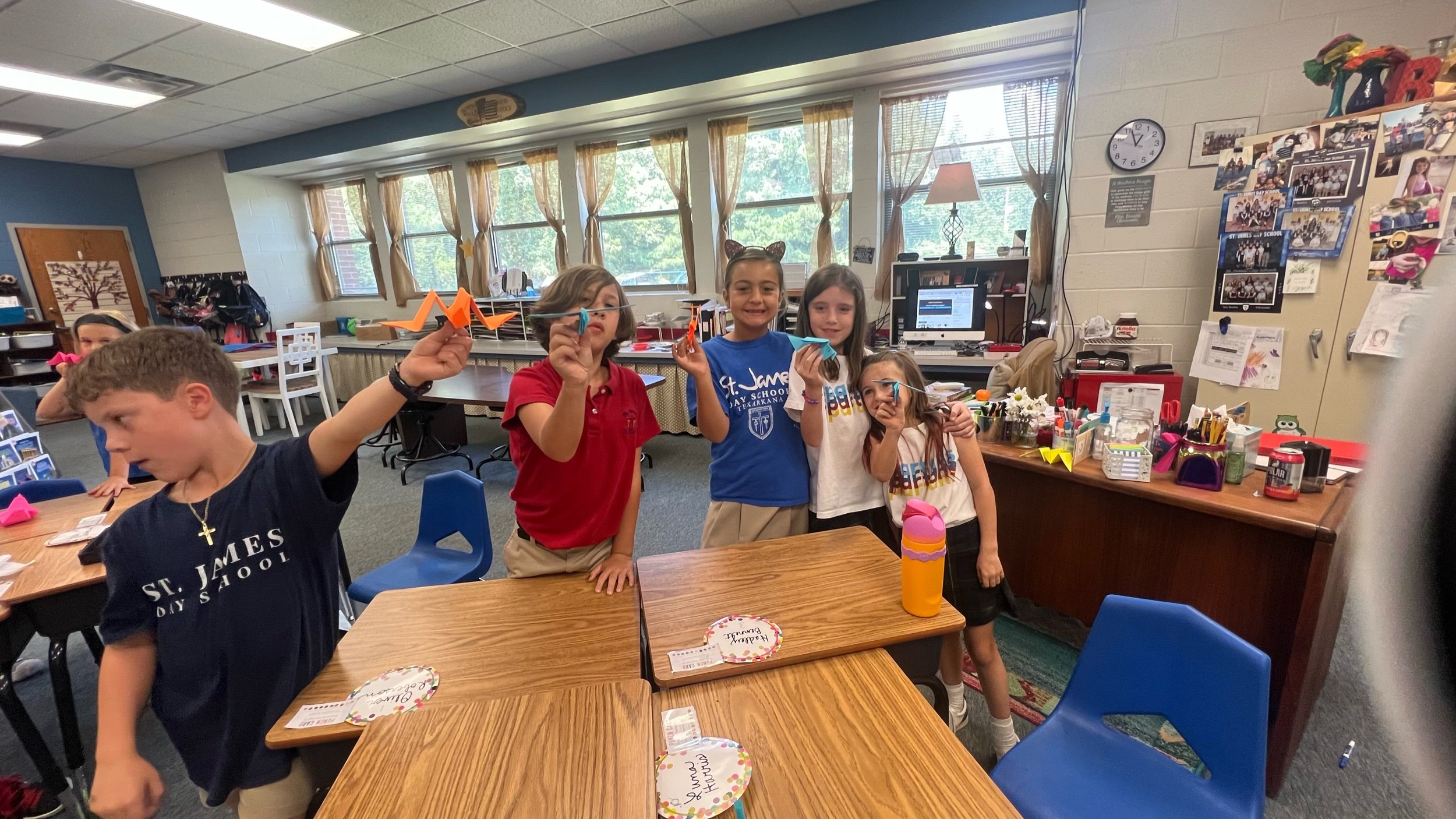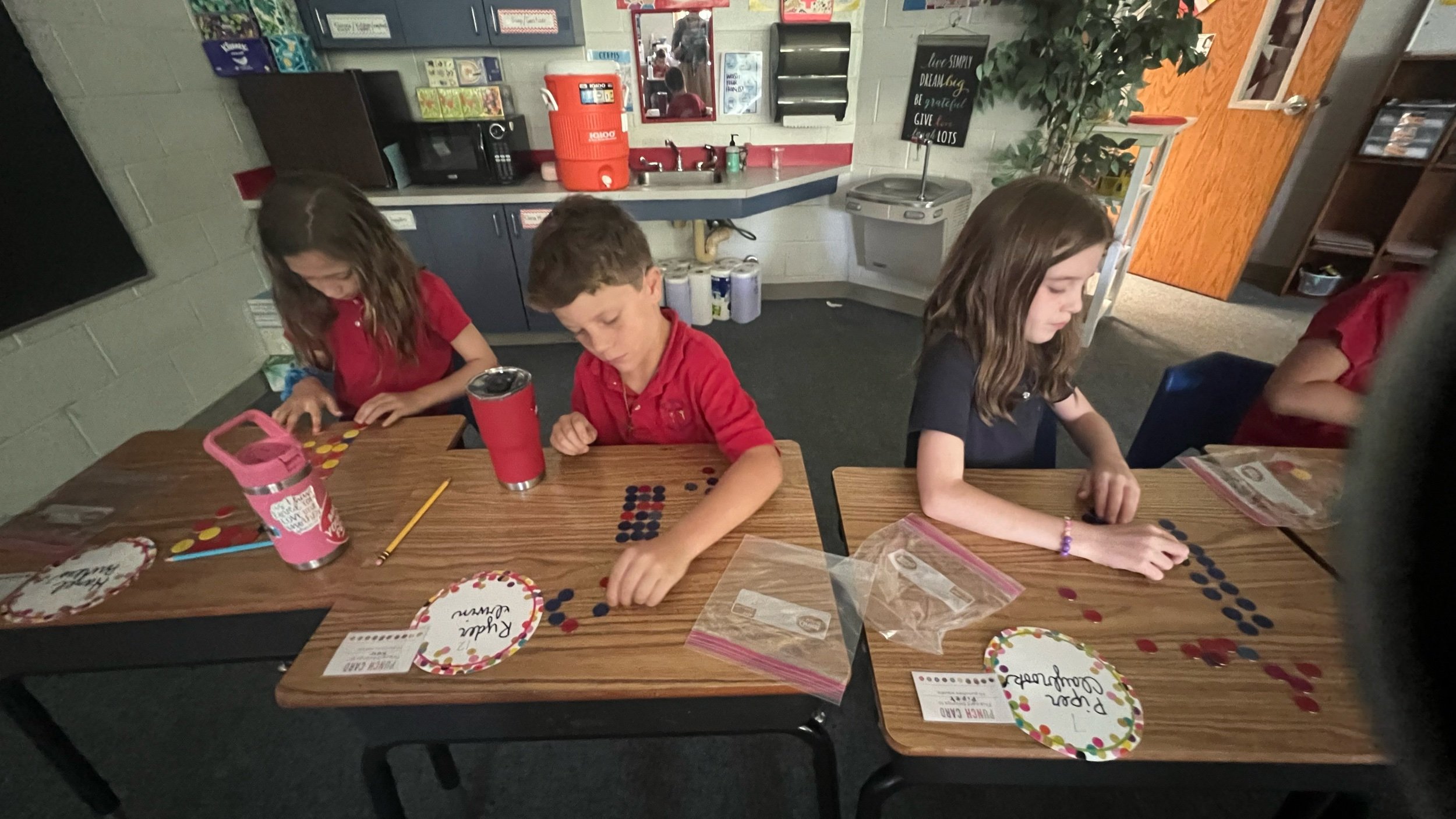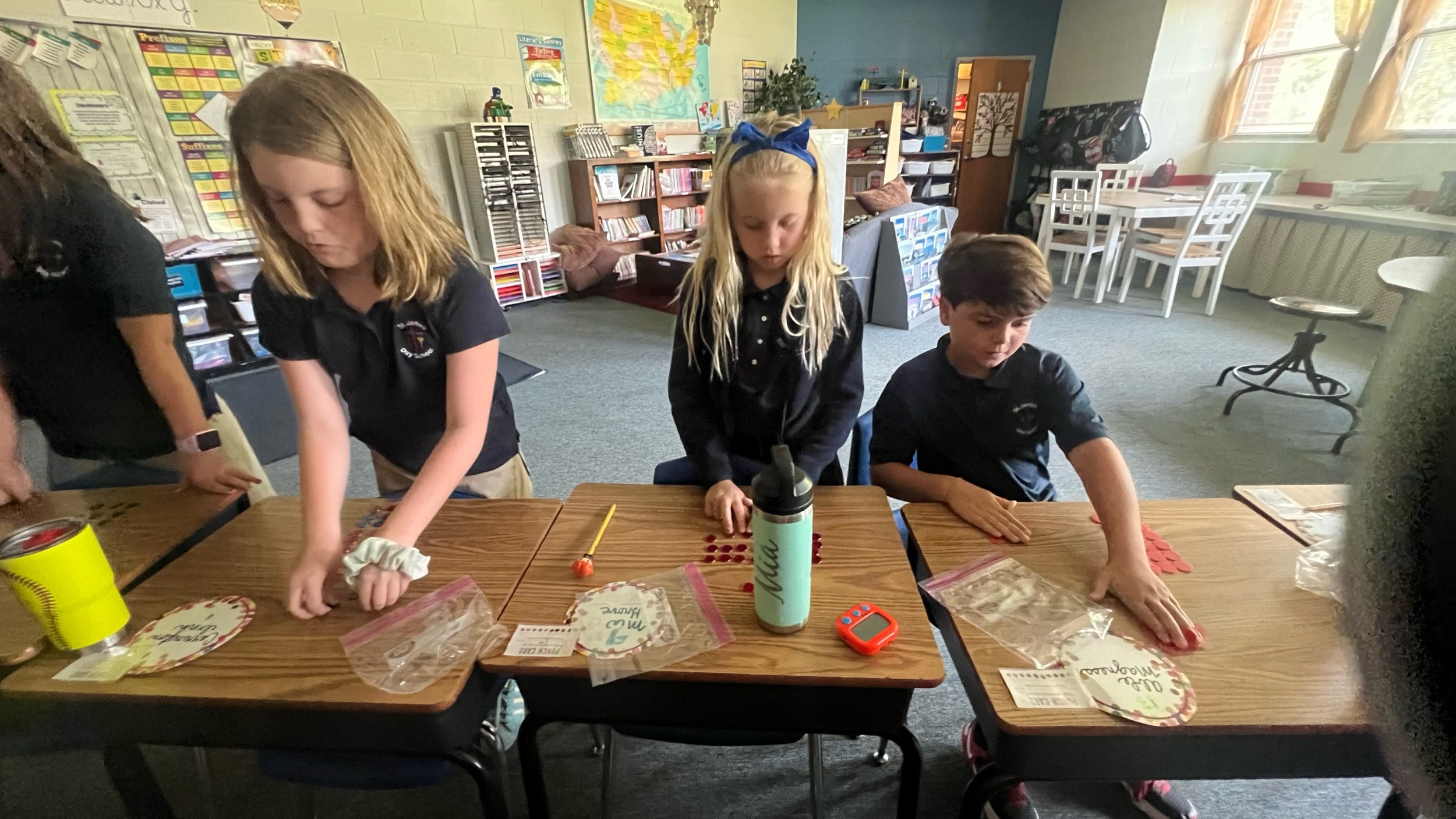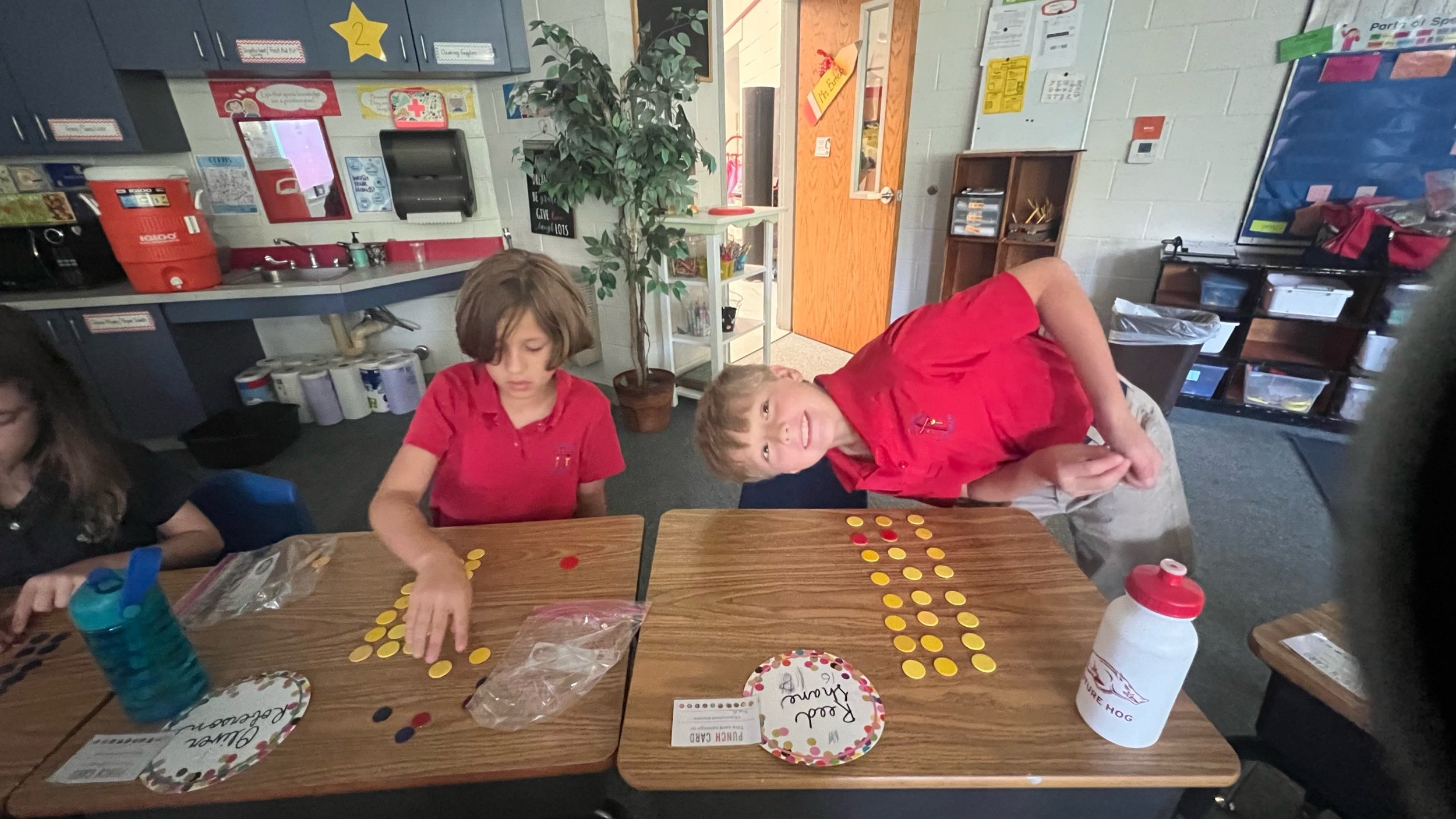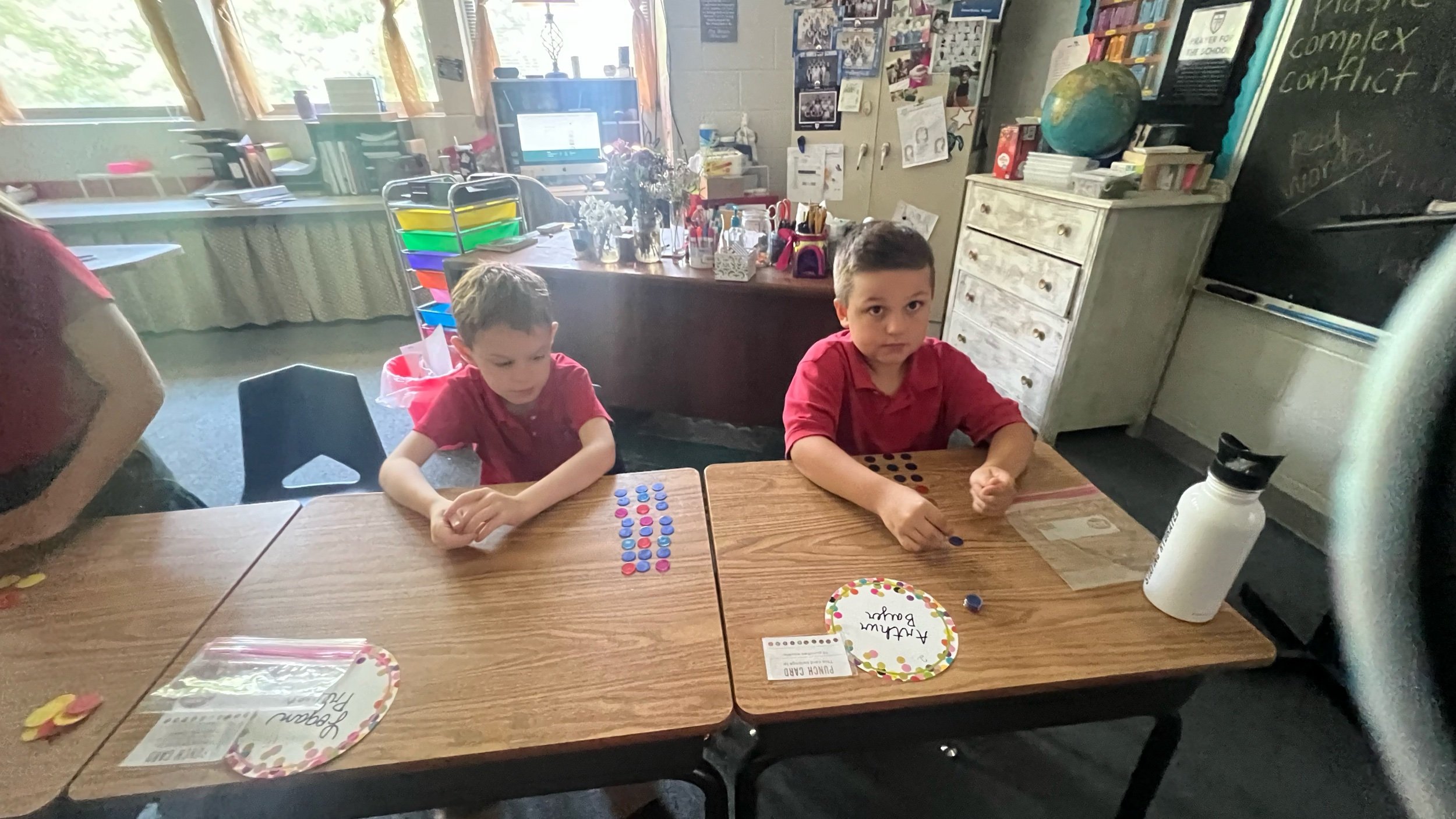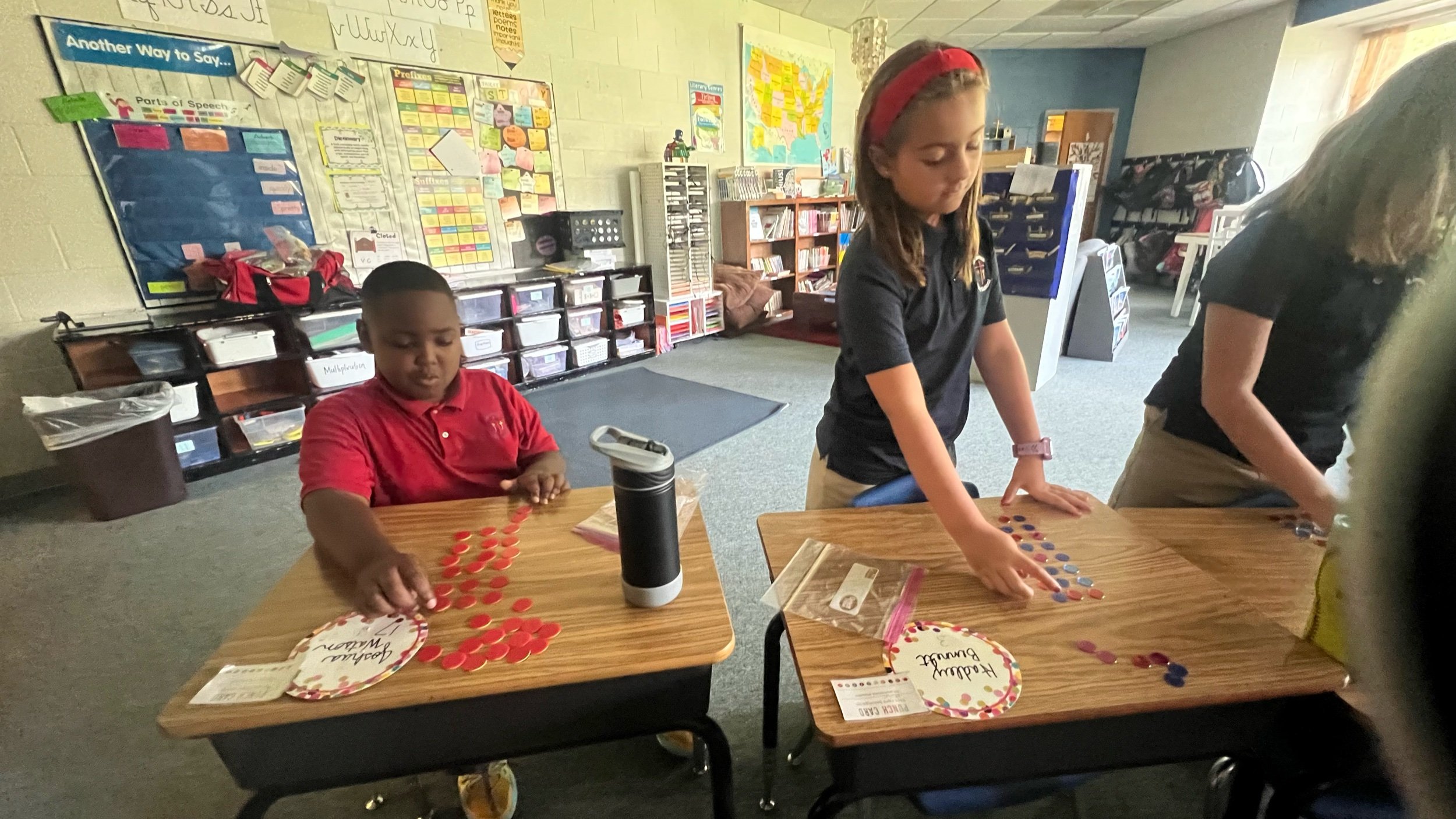3rd Grade Survival 101
It’s a new school year and how I love seeing all the smiles and hearing about summer adventures!
Although most general rules and procedures apply, 3rd grade offers more academic independence through the usage of Chromebooks. Student have learned how to:
Navigate Google Classroom
Bookmark academic websites including, Keyboarding Without Tears, Code-spark & Quizlet, which is used to study weekly spelling and vocabulary.
Students especially love to study for vocabulary tests through Quizlet Live, which is a live challenge among the class. This method of studying supports communication skills as well as vocab knowledge. (Pictured below)
3rd graders have studied the location of the 7 continents and 5 Oceans (yes, the Southern Ocean is identified as our 5th ocean) as well as cardinal directions. They are able to read a map using a compass rose. Many Geographic and scientific terms were introduced: magnetic field, repel and attract, and Northern & Southern Hemisphere, etc.
We concluded the week with a Science Investigation, “How does a compass work?”, and “How can we make a survival compass in dire need?”. All you need is a steel sewing needle, a magnet, a small piece of Styrofoam (or leaf if you’re out and about in the woods), and water. After magnetizing the needle, place it on a floating device of choice, and our Earth’s gravitational pull will spin the needle to point to the North. This hands-on lesson is way cool even for adults😉
Our weekly story, The Origami Master, gave us an opportunity to locate Japan on the map and learn about the earliest form of Japanese art. So we took the challenge and created an origami bird. Being an Origami Master isn’t as easy as we thought, but with patience, good listening skills and a good attitude, everyone accomplished the goal! 😬
Multiplication is always a hot Math topic in 3rd grade! We spent some time reviewing 2nd grade skills and then jumped right into Module 1 of our Math curriculum, Properties of Multiplication & Division with units of 2-5, and 10. Below are just a few documented pictures of our daily hands-on lessons of arrays.


